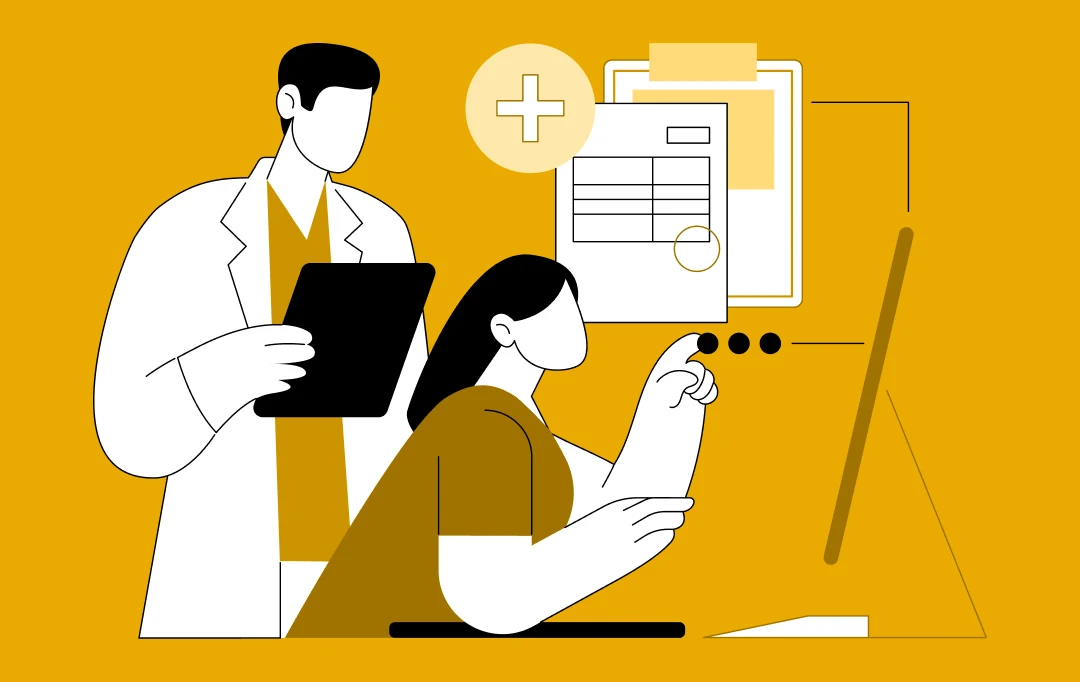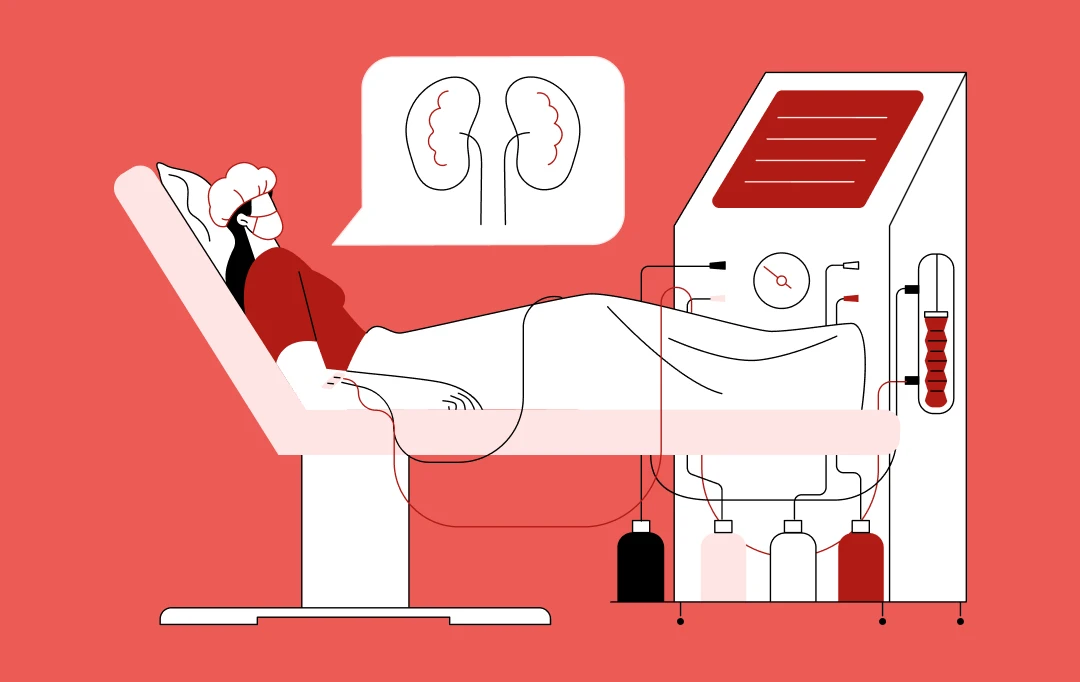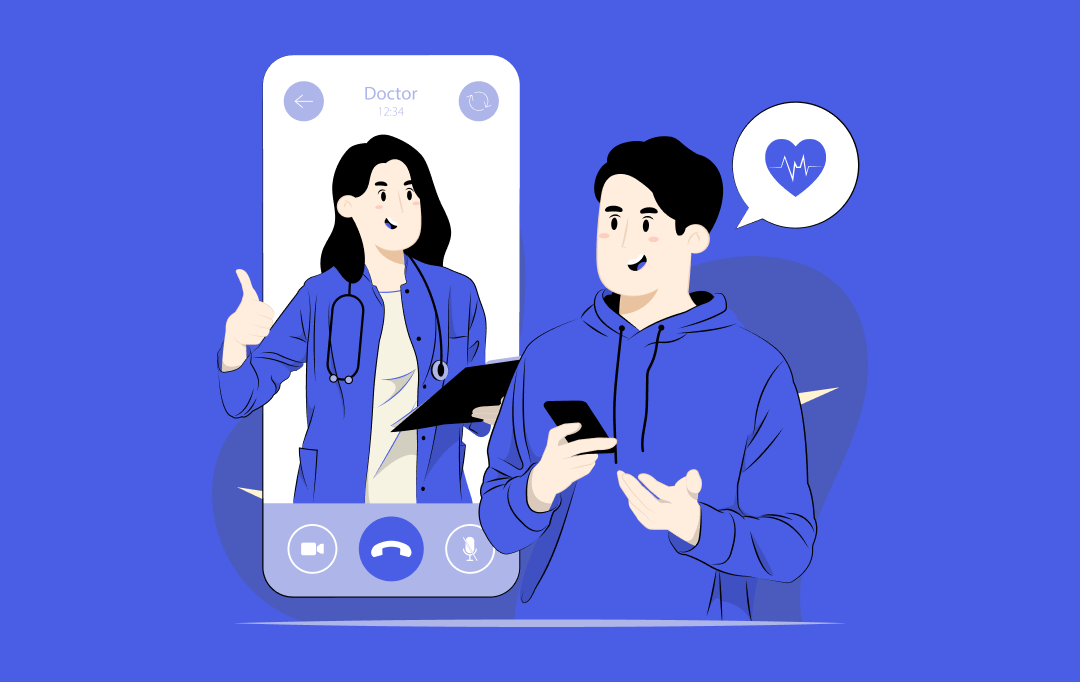- Does Technology and Older Adults Bode Well Together?
- The Technologies Aiding Senior Care Management
- Automating Medical Alerts
- Telemedicine
- Artificial Intelligence
- Medical Software
- How Can Entrepreneurs Take Advantage?
- Keep An Intuitive App Design
- Consider a Deep Demographic Study
- Alay Security Concerns
- Literacy Rate & Financial Standing, a Key Differentiator
- Conclusion
COVID-19 has put a spotlight on the existing senior care system, but new technologies are revolutionising the future for home centric senior care.
The great businesses of the 20th century are a product of the labor of baby boomers who’ve stepped on to the senior citizenship mantlepiece. Now, at a juncture when society must bend over backward to extend all the necessary help to the elderly, it finds itself in a rather embarrassing spotlight.
The ratio of available healthcare assistants for every senior citizen is dwindling. This downward drift is attributed to the increasing demographic numbers for those aged over 60. This cohort will experience an impending growth in the next decade at speeds that are 56% higher than for the rest of the global populace, further exacerbating the situation.
One way to curtail this unhealthy gap between the seniors and technology relies on, well, technology. With widespread sensors, wearables, and smart health IT systems, the opportunity cost for entrepreneurs who miss out on the future technology for the elderly could be huge. Let us find out how!
Does Technology and Older Adults Bode Well Together?
A black and white answer would be yes. Data suggests contrasting conclusions to the notion that the use of technology by the elderly is minuscule. It’s anything but. To begin with, the inventor of the World Wide Web was a baby boomer, Tim Berners Lee. People falling in the middle and older age brackets are befriending technology just like their younger counterparts. Pew research reports that 9 out of 10 American adults use the internet. Tech-savvy older adults run their errands for shopping, family get-togethers, and travel reservations using smartphone apps.
Medication reminder apps such as Medisafe, parking spot navigators such as Google Maps, and home solution apps such as HomeAway have a sizable following among senior denizens. In the follow-up section, we’ll explore the reasons due to which technology use in older adults is pointing northwards.
The Technologies Aiding Senior Care Management
Although new employment generation in the healthcare sector will grow steadily at 15% from 2019 to 2029, this rate of expansion is dwarfed by the growing tide of aging people. By 2050, the ratio of caretakers to caregivers for the vulnerable micro-sect of people in the region of 80+ years is pegged at 3:1. An exhausted healthcare system could breathe a sigh of relief or two with elderly care technology. Presenting the technologies that are making senior care efficient:
Automating Medical Alerts
As per pew research, about 12 million Americans aged over 65 live on their own. The best technology for seniors of such a status quo would be one that shares timely alerts. Such technology for older adults is already seeing mainstream exposure and adoption in the form of smartphone apps, wearable devices, and homecare voice units.
The well-being of our elders is often jeopardized by an unfortunate twist of the leg, fall from the stairs, or the seasonal fever. Healthcare app developers can fixate themselves on developing wearables for the elderly, as there is still time till AI crosses over to the general, more conscious level of intelligence.
Healthcare app development services are focusing on building a centralized, virtual monitoring software integrated with regular-day wearables like smartwatches and bracelets. The current advances allow wearables to register data, analyze patient activity, and notify virtual caretakers when an anomaly occurs.

Telemedicine
The global telemedicine market, at the back of the top telemedicine sector trends, will be valued at US$185.66 billion by 2026 and for good reason. Healthcare facilities and the people suited to home care will drive this adoption forward with leading applications of telepathology, teledermatology, telepsychiatry, and telecardiology among others.
The confluence of 5G and AI will foster a remote monitoring environment for the doctor-patient community to virtually resolve mendable ailments. With trackers built into wearables and monitors, even the patients could track health changes and extrapolate data to schedule virtual consultations with health experts.

Artificial Intelligence
By 2025, the world would have over 21 billion active IoT connections. As of now, IoT devices span their web across 90 percent of American households. This interconnected digital mesh of things can augment the benefits of technology for seniors.
For instance, sensors can be used to inform part-time homecare workers if the elderly have stepped out of bed at an odd time. Another use case for AI technology for seniors care could be with voice assistants that can be used to control lighting, doors, and home appliances by the differently-abled senior citizenry of the society.
Healthcare app developers can target such spheres of innovation for senior care technology as the immediate future would see an upsurge for such projects.

Medical Software
Electronic Medical Records (EMR) was a market worth US$27.67 billion in 2019. Revenues are forecasted to range in the region of US $40.50 billion by 2027. The growth would largely be attributed to the software becoming more shareable, and henceforth capable of passing on data between different apps.
This development can be absorbed as a breakthrough considering patients tend to change doctors often. If medical experts have to re-create and study patients all over again in an instance of a doctor-switch, that would mean unnecessary time consumption to arrive at the right diagnosis.
EMRs would ensure a smooth transition for both doctors and patients with the integrity and veracity of the data secured by encryption for future use.

How Can Entrepreneurs Take Advantage?
A report by the National Science and Technology Council has outlined major considerations for entities such a health tracking app development company to keep in mind and build solutions to put a helping hand behind the society’s elderly.
Keep An Intuitive App Design
As highlighted earlier, senior citizens face a hard time in grappling with gizmos. Therefore, the job of senior home healthcare technology is to make their lives easier, not difficult. App developers should agree upon an intuitive in-app design and shouldn’t meddle with it as per whim. The best tech support for seniors could perhaps be rendered by automated chatbots, that are self-supervised and learn from ML-codes the preferences of their senior patrons.
How about creating an entirely 60+ in-app mode that is solely designed for and can be accessed by only the elderly? From a revenue perspective, such an app could be an entrepreneurs’ cash cow, given that if it really proved its utility, the target audience could be 840 million within 5 years.
Consider a Deep Demographic Study
For seniors using technology the best solutions, in their view, are the ones that are low cost. The consensus among such people is that flashy, high-cost phones do not solve their concerns that overlook a generational gap in terms of technology familiarity. They would rather spend and acquire low-cost, qwerty keypad or flip phones with high durability factors that allow them to go through their day, or two with a single charge.
Alay Security Concerns
There is no denying the fact that there are innumerable ways technology has improved senior care. Yet, even our elders feel that security gaps exist in mobile apps that inhibits their will to use them. The amount of data that mobile solutions collect on their users is eye-raising. Coupled with misplaced digital cracks that malevolent actors can exploit, the elderly quiver at the thought of their identity being compromised.
Stiffening cybersecurity does not come naturally to everyone. It takes more than a team of IT experts to identify vulnerable entry points for apps, from a hacker’s lense. For this reason, as a healthcare app development company, Appinventiv coordinates multi-pronged cybersecurity drills by teams located under one roof, so even business generalists can be briefed about the security of their app.
Literacy Rate & Financial Standing, a Key Differentiator
First world economies like the United States and the UK have (at least) a fair share of senior citizens acquainted with the technology. Put that up against a third world region and you’d know the difference basic education makes. Also, even though smartphones have become affordable due to a striking downfall in manufacturing costs, the apps (more or less) come on a subscription basis.
In plain words, you’d use if you have to, and if you can afford to. Even though this is a socio-economic concern that transcends the controls of a healthcare application development company, designing senior healthcare solutions with the target region in mind is always beneficial from a revenue perspective.
Conclusion
Technology will continue to claim more and more of our lives, and for the better. And to be honest, older Americans have relented to this possibility. As per a study by the World Economic Forum, 70% of the seniors are now connected to the internet, some due to the overbearing presence of it while others use it for sheer comfort.
Pure numbers point to the mathematical necessity of evangelizing technological solutions for the elderly. Somebody has got to step up and own the yet unclaimed space. Being recognized as App Development Company of the Year by the Entrepreneur, Appinventiv can show you how to make it big in the microcosm of elderly care. Connect with our telemedicine app developers today to create a healthcare app focusing mainly on elderly care.


- In just 2 mins you will get a response
- Your idea is 100% protected by our Non Disclosure Agreement.

Healthcare IT Outsourcing: Key Benefits, Best Practices, and Implementation Process
Key Takeaways Reduce Costs by 30-40%: Convert capital IT expenses to predictable operational costs, eliminating the need for large in-house teams and infrastructure. Focus on Core Patient Care: Free up internal resources from IT management to concentrate on core healthcare services, innovation, and growth. Ensure Compliance & Mitigate Risk: Leverage expert partners to navigate HIPAA…

How AI-Powered Virtual Health Assistants Are Enhancing Remote Patient Monitoring
Key takeaways: Remote patient monitoring has the potential to reduce hospital readmissions by up to a quarter, shifting healthcare from reactive to proactive care through continuous, real-time health tracking. The U.S. health intelligent virtual assistant market is expected to reach $1.87 billion by 2030, driven by the growing demand for continuous care, virtual consultations, and…

Why Telehealth Security is Non-Negotiable for Patient Trust and How to Achieve It
Key takeaways: Telehealth security is crucial for patient trust and the continued adoption of digital healthcare services. The rising tide of cyber threats, from ransomware to inadequate authentication, poses significant risks to patient data and provider reputation. Implementing robust security measures like end-to-end encryption, multi-factor authentication, and regular audits is non-negotiable. Compliance with regulations like…















